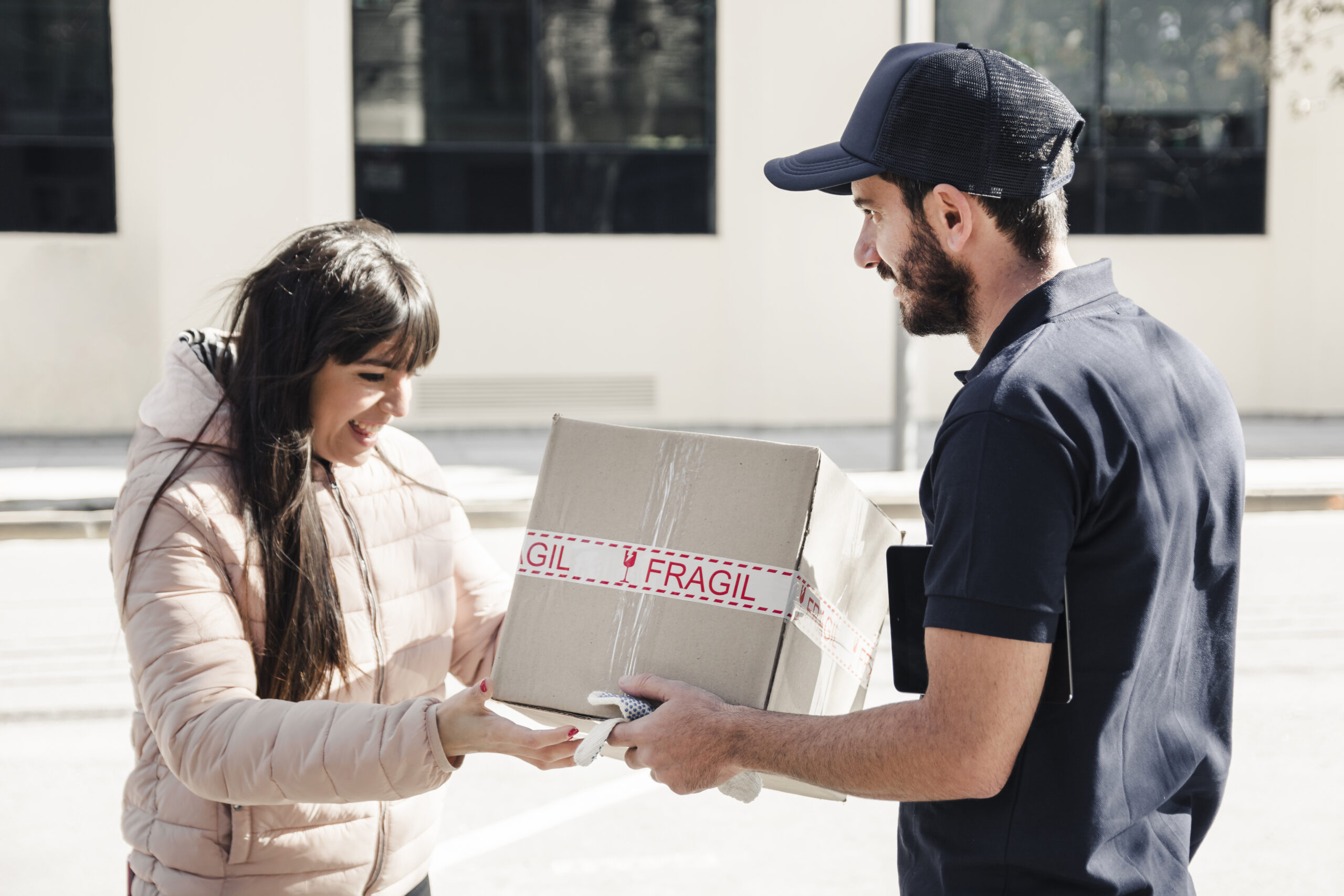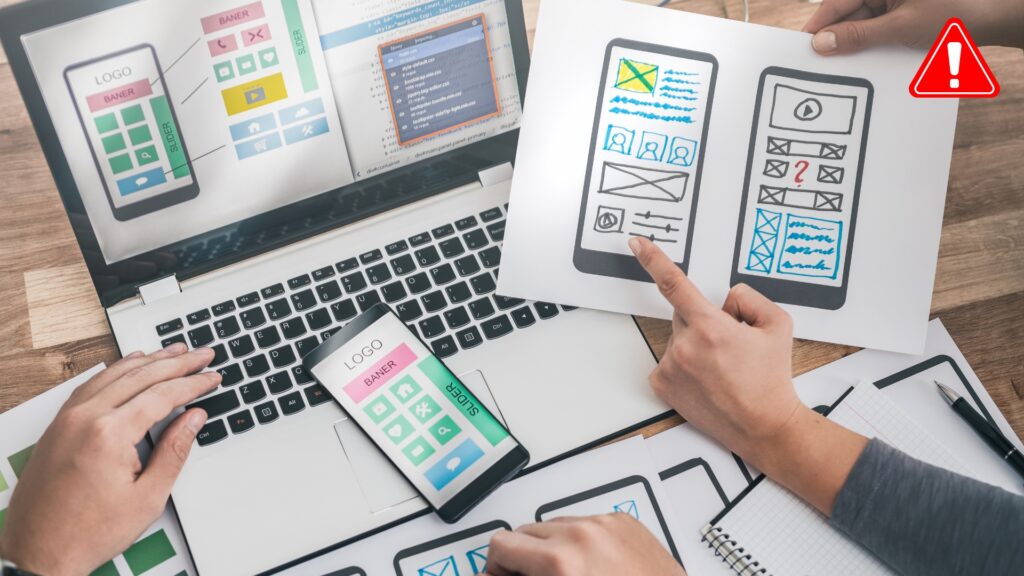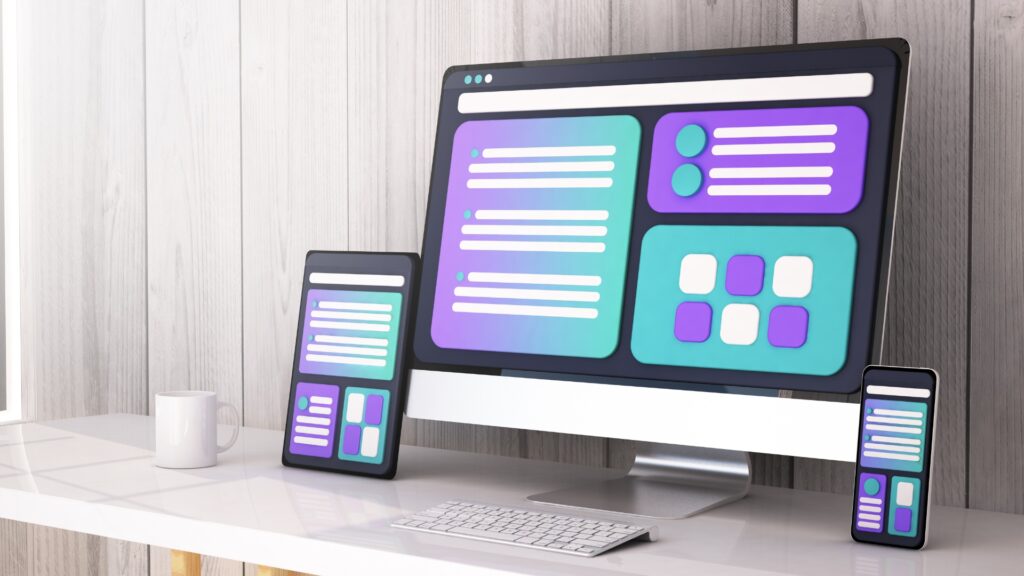If you’re looking to start an online business in 2025, dropshipping and print-on-demand (POD) are two of the most popular e-commerce models. Both allow you to sell products without holding inventory, making them low-risk options for new entrepreneurs.
But which one is better for scalability, profit margins, and long-term success?
In this guide, we’ll break down the pros, cons, costs, and best platforms for dropshipping and print-on-demand, helping you decide which model is the right fit for your business.
What Is Dropshipping?
Dropshipping is an inventory-free e-commerce model where you sell products from third-party suppliers without ever handling them yourself.
How It Works:
- A customer places an order on your online store.
- You forward the order to a supplier (AliExpress, Zendrop, or AutoDS).
- The supplier packs and ships the product directly to the customer.
With dropshipping, you can sell a wide range of products, from electronics to fashion, at competitive prices.
Pros of Dropshipping:
- Low startup cost – No need to buy inventory upfront.
- Wide product selection – You can sell millions of products from different suppliers.
- Scalability – No inventory limits; expand your store with ease.
- Easy to start – Platforms like Shopify, WooCommerce, and AutoDS automate the process.
Cons of Dropshipping:
- Lower profit margins – Suppliers set product costs, leaving little room for markup.
- Shipping delays – Many suppliers are overseas, causing longer delivery times.
- No product control – You rely on suppliers for quality and shipping speed.
- High competition – Many stores sell the same trending products.
Dropshipping works best for entrepreneurs who want to test multiple products without large upfront costs.
What Is Print-on-Demand (POD)?
Print-on-Demand is a custom product business model where designs are printed on blank products (t-shirts, mugs, phone cases) only when a customer places an order.
How It Works:
- You create custom designs and upload them to POD platforms (Printful, Printify, Gelato).
- A customer places an order in your store.
- The POD supplier prints, packs, and ships the product to the customer.
With POD, you sell unique products with your branding without needing a warehouse.
Pros of Print-on-Demand:
- No inventory costs – Products are made only when ordered.
- Brand control – Sell custom designs instead of generic products.
- Higher profit margins – Unique designs allow you to charge premium prices.
- No storage or bulk purchasing – No risk of holding unsold stock.
Cons of Print-on-Demand:
- Higher base product costs – Printed items cost more than mass-produced dropshipping items.
- Limited product selection – Mostly apparel, accessories, and home decor.
- Longer production times – Products need time to be printed before shipping.
- Design-dependent sales – If your designs don’t resonate with customers, sales may be slow.
Print-on-Demand is ideal for creatives, designers, and influencers looking to sell custom products without upfront inventory costs.
Dropshipping vs. Print-on-Demand: Side-by-Side Comparison
Which One is More Profitable?
- Dropshipping profits depend on finding winning products with low competition and high demand. You need to constantly test new items.
- Print-on-Demand profits come from creating viral designs that people love. If you build a strong brand, you can charge premium prices.
If you enjoy branding and design, POD might be more profitable in the long run. If you want to scale quickly with minimal involvement, dropshipping is the better fit.
Best Platforms for Dropshipping and Print-on-Demand
Best Dropshipping Platforms:
- Shopify + AutoDS – Automates product imports, pricing, and fulfillment.

Starting from $17 per month
Get your free trial and $1 for the first month + free store builder
Key Features
AI-powered product recommendations and marketing
Advanced fulfillment and inventory management
Seamless omnichannel selling
Why We Recommend It
Storage and Bandwidth:
Unlimited storage allows you to upload as many products and images as needed
Unlimited bandwidth means your site can handle many visitors and lots of activity without slowing down
Extras and Inclusions:
Secure, integrated payment gateway, with transaction fees waived if you use Shopify Payments
Access to an extensive app store to add features and functionality
Built-in tools for SEO, marketing, and analytics
Pros & Cons
- Comprehensive store management tools
- Wide range of themes and apps
- Excellent 24/7 customer support
- It can get expensive with additional apps and transaction fees
- Limited SEO capabilities compared to other platforms
Get a 14-day Free Trial
Key Features
Automated dropshipping with product sourcing and order fulfillment
AI-powered product research to find trending items
Real-time price and stock monitoring
Why We Recommend It
AutoDS saves dropshippers time by automating key tasks like product listing, pricing updates, and order management. It’s perfect for scaling an online store without manual work.
Pros & Cons
- Automates most dropshipping tasks
- Helps find profitable products with AI
- Supports multiple E-Commerce platforms
- Learning curve for beginners
- Some automation features require a paid plan
- Zendrop – US and international suppliers with fast shipping.

Starting from $39/month
Key Features
Seamless dropshipping platform with fast shipping
Automated order fulfillment and tracking
Custom branding options for your products
Why We Recommend It
Zendrop makes dropshipping simple by automating order management and providing reliable, fast shipping. It’s perfect for entrepreneurs who want to focus on growing their store without dealing with complicated logistics.
Pros & Cons
- Easy-to-use platform with automation
- Fast shipping to keep customers happy
- Custom branding to build your store's identity
- Limited to supported product suppliers
- Higher costs compared to manual dropshipping options
- Hostinger + WooCommerce – Self-hosted alternative with low monthly fees.
Starting from $2.49/month
Get Hostinger web-hosting from $2.49 /mo + extra months
Key Features
Extremely affordable
User-friendly control panel
LiteSpeed Cache for faster loading times
Why We Recommend It
Storage and Bandwidth:
30 GB SSD storage
100 GB bandwidth
Extras:
Free SSL certificate
Pros & Cons
- Low starting price
- Good performance for the price
- No free domain in the lowest-tier plan
- Support can be slow during peak times
Best Print-on-Demand Platforms:
- Printful – High-quality printing and wide product selection.
- Printify – Lower-cost options with multiple print providers.
- Gelato – Global printing network with eco-friendly options.
- TeeSpring – Best for creators and influencers.
Each platform has strengths, so choose the one that fits your business model.
Which Model Should You Choose in 2025?
Go with Dropshipping if:
- You want to start fast without creating designs.
- You prefer selling trendy or mass-market products.
- You don’t mind constantly testing new products.
- You’re focused on scaling a general e-commerce store.
Go with Print-on-Demand if:
- You want to sell custom, unique designs.
- You have branding experience or a creative background.
- You want higher profit margins with premium pricing.
- You prefer building a long-term brand instead of chasing trends.
Both models offer great opportunities, but success depends on your skills, interests, and strategy.
Final Thoughts: Dropshipping vs. Print-on-Demand in 2025
Both dropshipping and print-on-demand are excellent low-cost e-commerce models, but your success depends on choosing the right approach for your business.
- If you want quick, scalable profits, dropshipping is better.
- If you want to build a long-term brand, print-on-demand is the way to go.
Whichever model you choose, focus on marketing, branding, and customer experience to stand out in 2025’s competitive e-commerce space.





